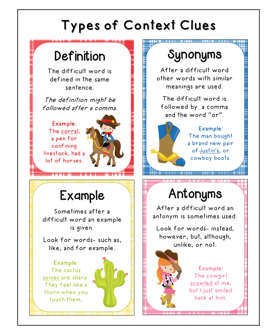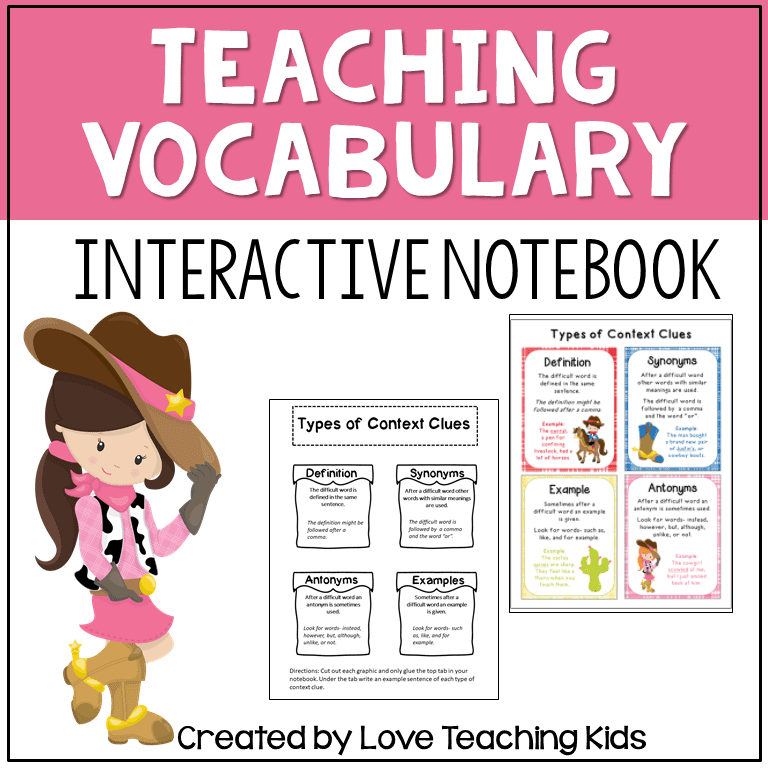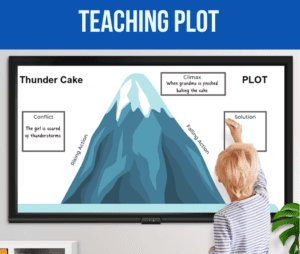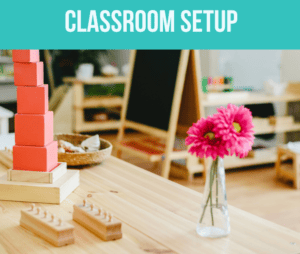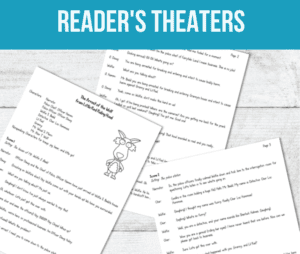Do you struggle with teaching vocabulary to your kids? We are always looking into new strategies for teaching vocabulary skills to our students. Kids struggling with vocabulary seems to be an ongoing problem.
Vocabulary isn’t a lesson you teach only once, but it is something you spiral throughout the year. You teach it daily in whole group, small group, and workstations. Today I’m going to focus on ways you can teach it in whole group throughout the year.
Strategies for Teaching Vocabulary in Whole Group
There are some great activities that you can do in whole group to teach vocabulary.
- Flocabulary– This is a great website that has fun videos the kids really love. Their video on Context Clues is one of my favorites. It is a paid site but you can get it for 30 days free to try it out here.
- Anchor Chart – You really need to have an anchor chart that really explains strategies for figuring out vocabulary. It’s a good idea to have it up all year long. The kids can also have a small copy to go in their interactive notebook.
- Interactive Notebook– It’s important to have a place where the kids can look back if they need help. Having a page in their interactive notebook is a good way to reinforce the skill. You can download a copy of the anchor chart and interactive notebook pages here.
Mentor Texts
I always like to use picture books to work on the standards I’m teaching. Picture books rich in vocabulary are great when teaching strategies.
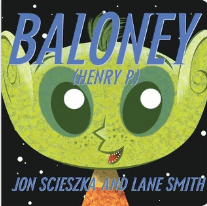
Baloney is my all-time favorite. I use it every use teaching context clues. It is a great book for teaching vocabulary strategies. The author puts words in another language and the kids have to figure out what the word is by using the clues in the sentences and pictures.
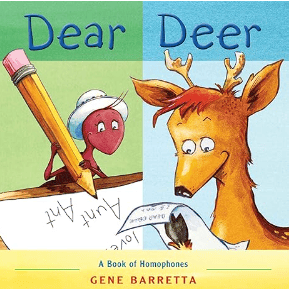
Deer/Dear is a fun book for teaching homophones. The kids have to figure out what the sentence is about by looking at the clues and pictures.
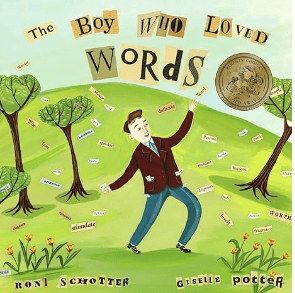
The Boy Who Loved Words is about a boy who loves learning new words. He loves learning new vocabulary and wants to learn as much as he can. It is such a sweet book.
More Strategies for Teaching Vocabulary
It’s important for kids to know that when they don’t know a word from a book they are reading, there are strategies they can use to figure out the word.
- Examples– sometimes after a difficult work there is an example given. Have the kids look for clues around the word. Look for words: such as, like, and for example. The cactus spines are sharp. They feel like a thorn when you touch them.
- Definitions– the difficult word is sometimes defined in the same sentence. The definition might be followed after a comma. The corral, a pen for confining livestock, has a lot of horses.
- Synonyms– after a difficult word other words with similar meanings are used. The difficult word is followed by a comma and the word “or”. The man bought a brand new pair of Justin’s, or cowboy boots.
- Antonyms– sometimes after a difficult word an antonym is used. Look for words” instead, however, but, although, unlike, or not. The cowboy scowled at me, but I just smiled back at him.
These are just a few strategies for teaching vocabulary to your kids. If you would like a free copy of the anchor chart and interactive notebook click on the picture below.
I also have a Context Clues unit that has a lesson plan with a whole group activity, task cards, and independent work that you can use with your kids. Check it out below by clicking on the picture.
Be on the lookout for my blog post on making vocabulary fun in stations and centers. I hope you found some helpful strategies for teaching vocabulary to your students.
If you are interested in how to teach small groups to your fluent readers check out my blog post here.
Until next time,
Jennifer


